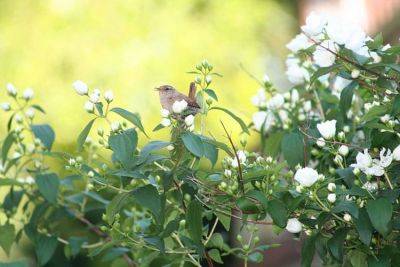(Deut’zia). A group of leaf-losing shrubs that are beautiful in bloom but are otherwise undistinguished. The flowers are produced from the side buds of the previous year’s growth. Many kinds are known, chiefly natives of China, Japan and the Himalayas. The majority are not perfectly hardy in the North against winter cold and should be given sheltered positions even in the climate of New York City and its environs. The Deutzias are closely related to the Mock Orange, or Philadelphus; they belong to the Saxifrage family, Saxifragaceae. The name Deutzia was given in honor of John van der Deutz, a patron of botany and at one time Sheriff of Amsterdam.
Planting Clematis
26.01.2024 - 15:19 / backyardgardener.com / Frederick Leeth
Every gardener is familiar with the extraordinary effectiveness of vines in a proper setting, but most of us become discouraged after bad luck. The daintier vines have a habit of developing some unknown illness and dying back unexpectedly, while those which thrive usually do too good a job of it. Many a porch has collapsed under the weight of a husky vine, and many a fence has eventually been relinquished to the stranglehold of some plant which was merely intended to decorate and drape it . . . not to take possession. The lusty vines, which are coarse in growth and bloom, may have a definite place in our gardens, but they are just about as subtle as Niagara Falls.
A well-grown Clematis has none of these objectionable characteristics. Even the hardiest of them has a very deceptive daintiness about it, and they are readily kept under control, while the less rampant growers in the group are as exquisite as old lace. Their culture and maintenance is simple, and the variety of stock now available should make your mouth water.
By and large, Clematis prefer neutral to alkaline soil, good drainage, and shade at their roots. The first two of these requirements can be taken care of by mixing crushed limestone with the soil at the bottom of the planting hole. Or you may set your plant in sharp sand and mix some lime with the soil which you replace. The necessary shade can be provided either by mulch or by other plant material. Protected this way, they are amazingly resistant to summer heat and drought. While the roots want shade, the tops want sun, so unless you have a lode wall or building to provide the naturally ideal location, plant them in the sun, and give the needed root shade by some artificial method.
Pruning requirements

Growers Guide for Viola – Perennial Plant
An old Latin name for violet (Violaceae). A genus of some 500 species of hardy perennials, mainly from northern temperate regions, including violas, pansies, and violets, of which there are many hybrids and strains.
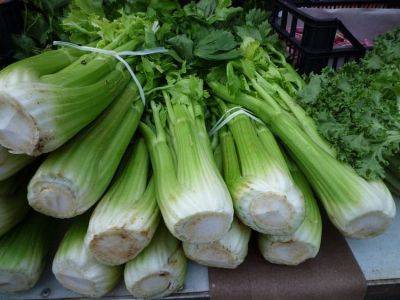
How to grow Collard Greens plants with celery seeds
Sow celery thinly in pots or boxes in heat in March for early varieties, or in a cold house in mid-April for the main crop. Prick off into deep seed boxes as soon as the seedlings are large enough to handle, at 5cm (2in) intervals. After hardening off, plant out from mid May to the end of June, in prepared trenches. This is not only helpful in earthing but enables watering to be carried out by flooding the trench.

Growing and planting Marigolds: African and French Marigolds
Tagetes (Tage’tes) are annuals of great decorative value during the summer and autumn months. They are natives of Mexico and South America and belong to the Daisy family, Compositae. The name is said to have been derived from a mythological deity, Tages. These Marigolds are quite distinct from the Pot Marigold or Calendula. See Calendula

Installing Proper Garden Drainage for Garden Plants
One of the greatest drawbacks to successful gardening is badly drained ground. Wherever water lies in the ground at a depth easily reached by the roots of most cultivated plants they do not thrive, except where the water is constantly on the move, such as the bank of a river, brook or lake; there many plants will flourish. There are some wild plants that succeed in soil that has reached a water logged state, but generally such land is useless for gardening, farming or forestry purposes unless steps are taken to free it from superfluous moisture.
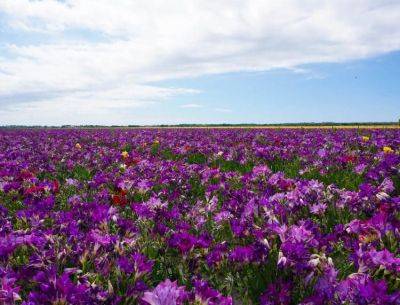
Mulching – Protect plants from the hot weather
An even temperature around the roots and a steady supply of moisture in the soil are all important to growing plants. A mulch, applied in early summer after hot weather begins, tends to maintain these conditions as well as to control harmful weeds.

What’s in a Plant Name?
A few weeks ago, I went to the garden center to buy some pansies to put in decorative pots by my front porch. In my experience, pansies hold up even after the mums bite the dust, and they provide color just about as long as anyone has a right to expect color from a garden plant.
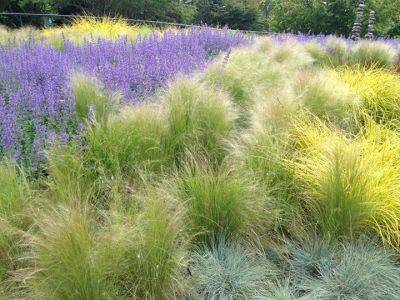
Planting tips for perennial flowers
Sooner or later, every gardener falls in love with a few select perennials. Perennials are flowering plants that live many years, but die back during their dormant season which is usually winter. When planted under the right conditions, perennials grow and prosper for years, often with little attention. Each perennial has a peak season of bloom, usually lasting from one to three months. After the blooms fade, the foliage remains so the plant can renew its energy stores for repeating the show again next year. The tops of most perennials are killed back by frost, but they do return in the spring.
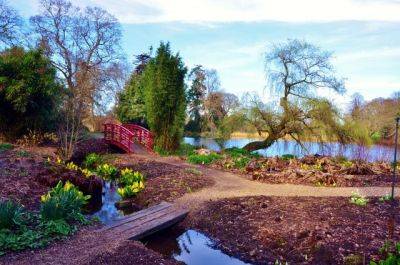
Bog Garden Design and Plants
No water garden is complete without a bog garden as some of the most beautiful and interesting plants thrive in such situations. Many ponds and lakes have a natural perennially damp surround which requires no more attention before introducing plants than to remove unwanted weeds.
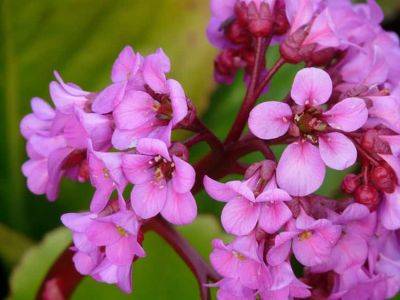
Growing Guide for Bergenia Plant
Named for Karl August von Bergen, 1704-60, German botanist (Saxifragaceae). These hardy perennial herbaceous plants with large evergreen leaves were at one time called megasea, and were at another time included with the saxifrages. The flowers which come in early spring are showy in white, pink or red-purple, borne in large heads on long stems. The large leathery, glossy leaves are also decorative, especially as in some kinds the foliage is suffused with reddish color in winter.
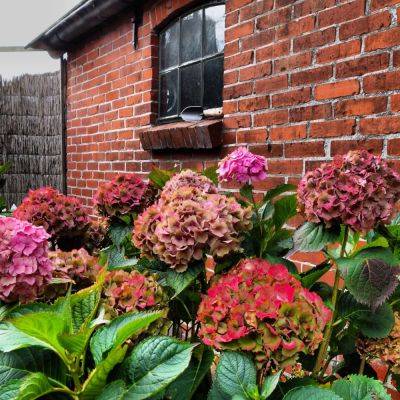
Why we plant a trees
We plant trees for their beauty of leaf, whether green in Summer or red in the Autumn; for their bark which becomes particularly fascinating. We plant trees because we love them. Some trees linger in our memories as old friends, from whose branches we have swung and “skinned-the-cat”; under whose cool shade we have rested from play or work. Some trees seem to have moods, changing from day to day, season to season, and from youth to old age.

Foliar Feeding Plants
This is the application of nutrients to the aerial parts of plants. It can be used for the treatment of all deficiencies for all types of growing plants. But you can only spray very small amounts of nutrients onto the leaves at a time, otherwise, leaf scorch or even defoliation may follow. If foliar spraying is to be successful there must be sufficient foliage to hold the applied nutrients, and plants cannot develop to a stage of growth when foliar treatment, would be effective unless the soil has been prepared properly before sowing or planting. So, although foliar feeding cannot take the place of the traditional method of applying fertilizers and manures to the soil, it is a useful supplement, for the following purposes:
